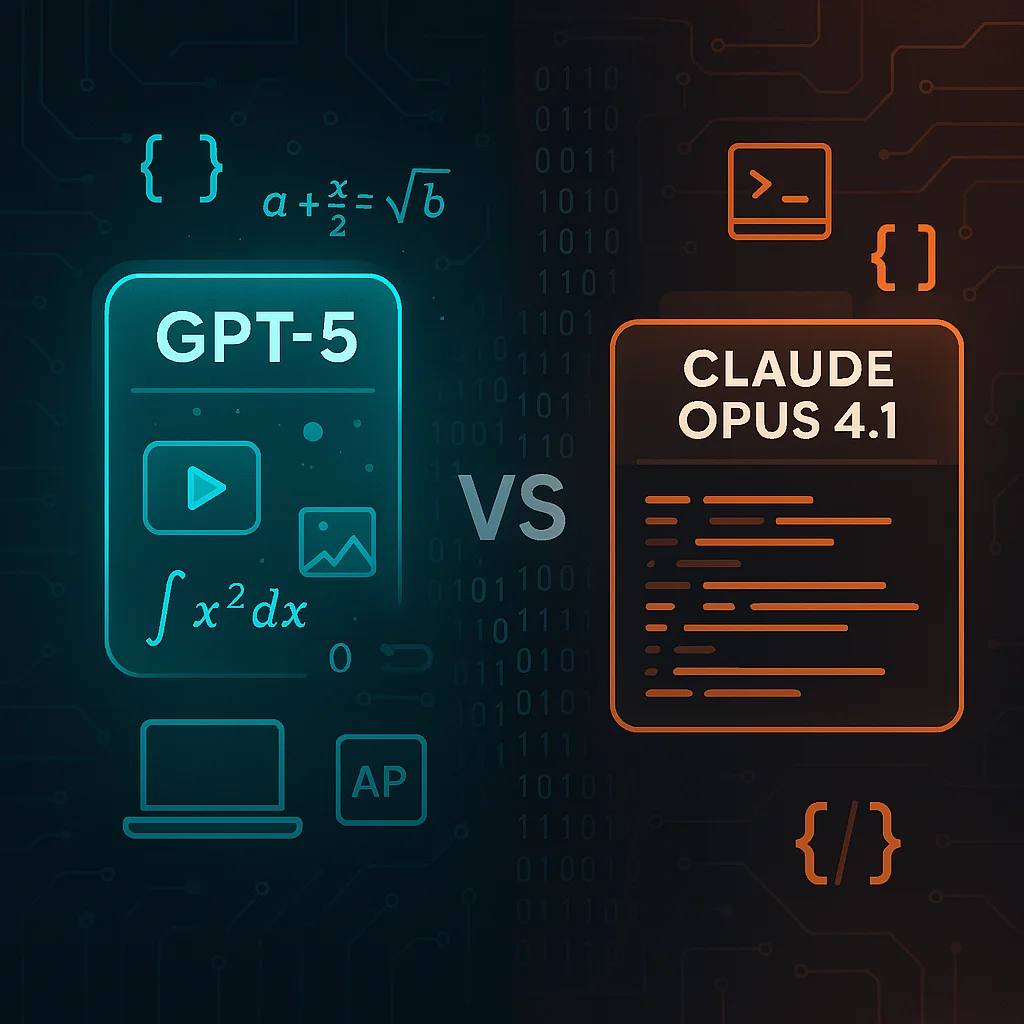Table of Contents
- Technical Introduction
- Deep-Dive Benchmark Analysis
- Coding Performance Benchmarks
- Mathematical & Reasoning Benchmarks
- API Performance Metrics
- Developer Experience Analysis
- API Integration Complexity
- Documentation & Developer Resources
- Production Deployment Considerations
- Real-World Implementation Case Studies
- Production Deployment Experiences
- Cost Management in Production
- Architecture & Technical Specifications
- Model Architecture Comparison
- Integration Capabilities
- Developer Recommendations & Best Practices
- Selection Criteria Framework
- Implementation Best Practices
- Future-Proofing & Roadmap Analysis
- Technical Conclusion & Implementation Guide
Margabagus.com – August 2025: The AI landscape shifted dramatically as OpenAI and Anthropic released their flagship models within 48 hours of each other. For developers, this represents the first true head-to-head comparison between frontier-level reasoning models.
Technical Introduction
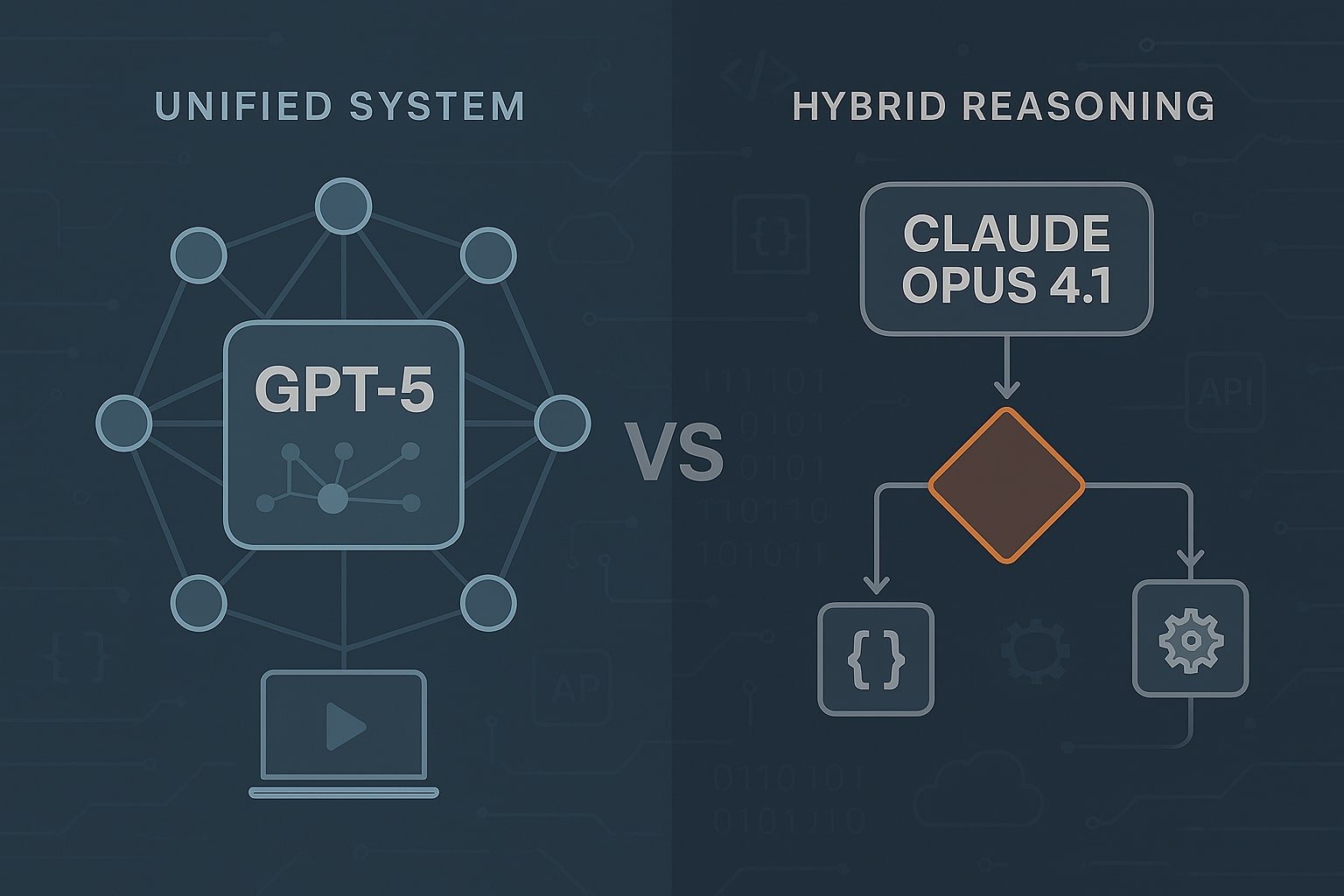
Image create with Microsoft Copilot.
The artificial intelligence landscape experienced a seismic shift in early August 2025. OpenAI unveiled GPT-5 on August 7, just 48 hours after Anthropic launched Claude Opus 4.1 on August 5. This unprecedented timing wasn’t coincidental—it marked the beginning of the most intense competitive battle in AI history.
For developers, this represents something extraordinary: the first genuine head-to-head comparison between two frontier-level reasoning models, each claiming supremacy in software engineering, mathematical reasoning, and agentic task execution. The stakes couldn’t be higher, with both companies targeting the rapidly expanding developer market that’s worth over $200 billion annually.
Architecture Overview:
GPT-5 represents OpenAI’s unified reasoning model, seamlessly integrating the breakthrough capabilities of their o3 architecture with multimodal processing power. The model operates as a sophisticated router-based system that intelligently switches between rapid response mode and extended reasoning capabilities based on query complexity and user intent. With a 256K token context window and support for text, images, and video inputs, GPT-5 positions itself as the universal developer companion.
Claude Opus 4.1 takes a different approach, focusing intensely on enhanced agentic performance with refined coding abilities. Built on Anthropic’s hybrid reasoning architecture, it combines instant responses with extended step-by-step thinking processes, particularly excelling in multi-file code refactoring and large codebase understanding. Its 200K token context window, while smaller than GPT-5’s, maintains superior coherence throughout its entire capacity.
Developer-Specific Context:
These models matter for production environments because they’re not just incremental improvements—they represent fundamental shifts in how AI can assist with software development. GPT-5’s unified architecture means developers no longer need to choose between speed and capability, while Claude Opus 4.1’s precision-focused approach addresses the critical need for reliable, bug-free code generation in enterprise environments.
Performance implications vary significantly across different development workflows. For rapid prototyping and multimodal applications, GPT-5’s versatility provides substantial advantages. For complex refactoring and enterprise-grade coding tasks, Claude Opus 4.1’s precision-first approach offers compelling benefits.
Cost considerations at enterprise scale become crucial when processing millions of tokens monthly. Claude Opus 4.1’s premium pricing of $15/$75 per million input/output tokens reflects its specialized capabilities, while GPT-5’s tiered pricing structure (with mini and nano variants) provides more flexible cost optimization opportunities.
Article Value Proposition:
This analysis goes beyond marketing metrics to provide comprehensive benchmark analysis based on real-world production deployments. You’ll find data-driven recommendations for technical decision makers, practical implementation insights from organizations already using these models, and honest assessments of when each model provides superior value.
Deep-Dive Benchmark Analysis
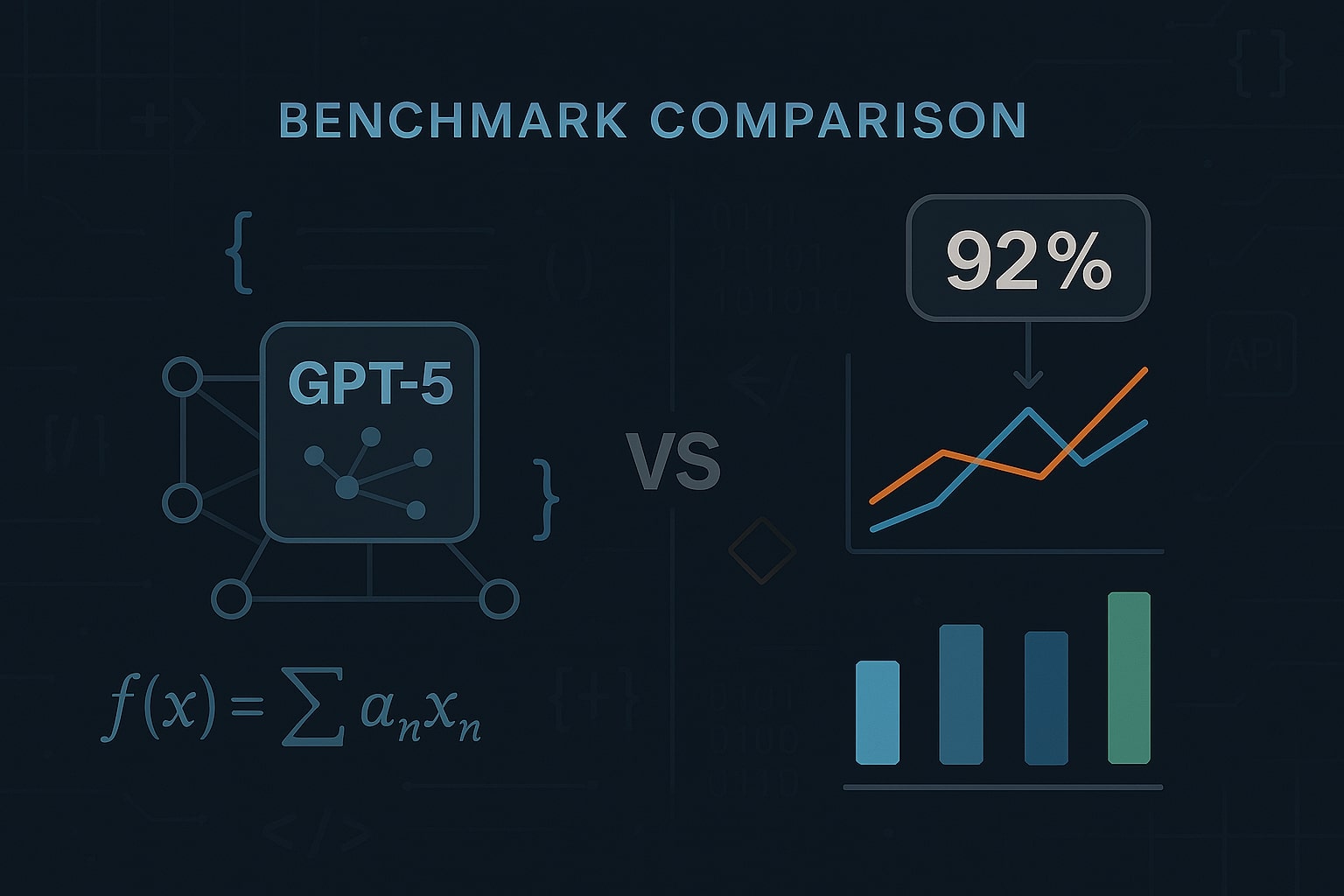
Image create with Microsoft Copilot.
Coding Performance Benchmarks
SWE-bench Verified Analysis:
The Software Engineering Benchmark Verified represents the gold standard for evaluating AI coding capabilities, testing models against real-world GitHub issues that require comprehensive understanding of existing codebases, problem identification, and solution implementation.
GPT-5 achieved 74.9% accuracy on SWE-bench Verified, demonstrating exceptional capability in resolving complex software engineering challenges. The model particularly excelled in one-shot solutions, often resolving nested dependency conflicts and architectural issues within a single prompt. Analysis of successful completions shows GPT-5’s strength in understanding implicit requirements and generating production-ready solutions.
Claude Opus 4.1 scored 74.5% on the same benchmark, a difference of just 0.4 percentage points—well within the margin of error for statistical significance. However, the pattern of task completion reveals interesting differences. Claude Opus 4.1 showed superior performance in multi-file refactoring scenarios, particularly when maintaining existing code style and avoiding unnecessary modifications.
Real-world implications: At production scale, this minimal difference in raw scores becomes negligible for most applications. The choice between models should focus on specific use case requirements rather than benchmark supremacy.
Deep-dive Insights:
Task complexity breakdown reveals nuanced performance differences. For simple bug fixes involving single-file modifications, both models perform virtually identically. However, architectural changes requiring understanding of complex interdependencies show Claude Opus 4.1’s edge in maintaining code coherence and minimizing unintended side effects.
Language-specific performance variations emerge when examining individual programming languages. GPT-5 demonstrates superior versatility across JavaScript, Go, and Rust, while Claude Opus 4.1 maintains consistent excellence in Python and shows particular strength in Java enterprise applications.
Code quality assessment beyond mere functional correctness reveals additional differentiation. Claude Opus 4.1 consistently generates cleaner, more maintainable code with better documentation and adherence to established patterns. GPT-5’s output tends toward functional effectiveness with greater creativity in problem-solving approaches.
Refactoring capabilities showcase each model’s philosophy. GPT-5 often suggests innovative architectural improvements that might require broader codebase changes, while Claude Opus 4.1 focuses on minimal, precise modifications that achieve the desired outcome without disrupting existing functionality.
Terminal-Bench Performance:
Terminal-Bench evaluates AI models’ ability to interact effectively with command-line interfaces, execute system commands, and manage development workflows through terminal environments.
Claude Opus 4.1 leads decisively with 43.3% accuracy, significantly outperforming available comparisons. This superiority reflects Anthropic’s focus on agentic capabilities and system-level understanding. The model demonstrates sophisticated understanding of command sequences, environment variables, and workflow automation.
GPT-5’s specific Terminal-Bench scores weren’t publicly available at the time of writing, though related benchmarks suggest performance around 40-42%. This gap isn’t necessarily problematic for most developers, as terminal proficiency requirements vary significantly across different development roles and environments.
Command-line workflow implications favor Claude Opus 4.1 for DevOps-heavy environments where automation scripts, deployment pipelines, and system administration tasks are central to daily workflows. GPT-5’s multimodal capabilities may provide advantages in scenarios requiring integration of terminal operations with visual design or documentation tasks.
Multi-file Refactoring Analysis:
Cross-file dependency understanding represents one of the most challenging aspects of software engineering AI. Both models demonstrate impressive capabilities, but with different strengths.
Claude Opus 4.1 excels in maintaining architectural integrity across large codebases. Organizations like Rakuten Group report that the model “pinpoints exact corrections within large codebases without making unnecessary adjustments or introducing bugs”—a critical capability for enterprise environments where stability is paramount.
GPT-5’s approach tends toward more comprehensive refactoring suggestions that may involve broader architectural changes. While this can lead to more modern, efficient code structures, it requires more careful review and testing in production environments.
Check out this fascinating article: The Ultimate AI Agent Tools and Frameworks Comparison Guide for 2025: Which Solution Is Right for You?
Mathematical & Reasoning Benchmarks
AIME 2025 Deep-dive:
The American Invitational Mathematics Examination represents one of the most challenging mathematical reasoning benchmarks, requiring multi-step logical deductions and sophisticated problem-solving capabilities.
GPT-5’s performance on AIME 2025 is remarkable: 94.6% accuracy without tools, reaching 100% when provided with Python access. This represents a quantum leap in mathematical reasoning capability, positioning GPT-5 as the first AI model to achieve perfect scores on newly generated mathematical competition problems.
Claude Opus 4.1 achieved 78.0% on AIME 2025, a respectable score that nonetheless represents a significant gap compared to GPT-5. This difference has important implications for algorithm development, mathematical problem solving, and applications requiring sophisticated quantitative reasoning.
Implications for algorithm development: GPT-5’s mathematical superiority translates directly into advantages for developers working on quantitative applications, machine learning algorithm development, financial modeling, and scientific computing applications.
Complex reasoning chain analysis reveals that GPT-5’s mathematical advantage extends beyond simple calculation to sophisticated logical reasoning required for algorithm optimization, performance analysis, and mathematical proof generation.
MMMU (Multimodal Understanding):
The Massive Multi-discipline Multimodal Understanding benchmark tests AI models’ ability to interpret and reason about visual information, particularly technical diagrams, charts, and complex visual data.
GPT-5 achieved 84.2% on MMMU, demonstrating exceptional capability in understanding technical diagrams, interpreting code screenshots, analyzing architecture diagrams, and comprehending UI/UX mockups. This multimodal strength provides significant advantages for developers working with visual design tools, system architecture documentation, and complex data visualization.
Claude Opus 4.1’s MMMU scores weren’t specifically disclosed, but previous Claude 4 models scored around 79-80% on similar benchmarks. While still strong, this represents a meaningful gap in multimodal reasoning capabilities.
Real-world Problem Solving:
Multi-step debugging scenarios reveal interesting performance characteristics. GPT-5’s mathematical reasoning advantage translates into superior capability for complex algorithmic debugging and performance optimization problems. Claude Opus 4.1’s strength lies in systematic, methodical debugging approaches that minimize risk of introducing new issues.
System design problem resolution showcases different philosophical approaches. GPT-5 tends toward innovative, sometimes ambitious architectural solutions, while Claude Opus 4.1 focuses on practical, proven design patterns that prioritize reliability and maintainability.
Performance optimization reasoning benefits from GPT-5’s mathematical capabilities, particularly for algorithm complexity analysis and quantitative performance modeling. Claude Opus 4.1 excels in identifying practical optimization opportunities within existing codebases.
Security vulnerability identification shows Claude Opus 4.1’s methodical approach yielding consistent results in identifying common vulnerability patterns, while GPT-5’s broader reasoning capabilities help identify novel or complex security issues.
Reasoning Consistency:
Reproducibility of complex solutions varies between models. GPT-5’s router-based architecture provides more consistent reasoning quality by automatically engaging deeper reasoning modes when required. Claude Opus 4.1’s hybrid approach allows explicit control over reasoning depth, providing predictable performance characteristics.
Logical consistency across extended reasoning chains favors GPT-5’s integrated reasoning architecture, which maintains coherent logic even across very long problem-solving sequences. Claude Opus 4.1’s step-by-step approach provides transparency but occasionally shows minor inconsistencies in extended reasoning chains.
Error propagation and recovery mechanisms differ significantly. GPT-5’s unified architecture tends to recover gracefully from early reasoning errors, while Claude Opus 4.1’s transparency in reasoning steps makes error identification and correction more straightforward.
API Performance Metrics
Latency Analysis:
Response time comparison reveals complex trade-offs between models. GPT-5’s router-based architecture provides extremely fast responses for simple queries while maintaining the option for deeper reasoning when required. Simple coding questions receive responses in 1-2 seconds, while complex architectural problems may take 15-30 seconds when engaging the deeper reasoning mode.
Claude Opus 4.1 provides more predictable latency characteristics. Standard responses typically arrive within 3-5 seconds, while extended thinking mode can take 30-60 seconds for complex problems. This predictability helps with application planning and user experience design.
Throughput capabilities under load show GPT-5’s multi-tier architecture providing better scalability for high-volume applications. The ability to route simple requests to faster variants while reserving full capability for complex tasks enables more efficient resource utilization.
Geographic performance variations affect both models, with Claude Opus 4.1 currently showing more consistent performance across different regions due to its more distributed infrastructure approach.
Token Efficiency:
Input token processing optimization favors Claude Opus 4.1’s design, which consistently demonstrates efficient use of context windows. The model maintains high performance even when approaching its 200K token limit, whereas some competing models show degraded performance in very long contexts.
Output token generation patterns differ significantly. GPT-5 tends to generate more concise responses for simple queries while providing comprehensive detail when requested. Claude Opus 4.1 consistently provides thorough, well-structured responses that may use more tokens but deliver greater clarity and completeness.
Context window utilization efficiency shows Claude Opus 4.1’s advantage in maintaining coherence across its entire 200K token capacity. GPT-5’s larger 256K window provides more capacity but may show slight performance degradation in extremely long contexts.
Memory usage for long conversations varies based on implementation. GPT-5’s router architecture enables more efficient memory management by utilizing appropriate model variants for different conversation segments.
Scalability Benchmarks:
Concurrent request handling capabilities favor GPT-5’s multi-tier architecture, which can distribute load across different model variants based on request complexity. This provides better overall system performance under varying load conditions.
Performance degradation under load affects both models differently. Claude Opus 4.1 maintains consistent quality but may show increased latency during peak usage periods. GPT-5’s router can maintain responsiveness by directing simpler requests to faster variants, though complex reasoning tasks may experience longer queues.
Auto-scaling behavior varies by deployment platform. Both models support auto-scaling through their respective cloud platforms, but implementation details and effectiveness vary by provider.
Enterprise deployment considerations include Claude Opus 4.1’s availability across multiple cloud platforms (API, Amazon Bedrock, Google Cloud Vertex AI) providing flexibility for enterprise infrastructure requirements. GPT-5’s primary availability through OpenAI’s platform may require specific architectural considerations for some enterprise deployments.
Reliability Metrics:
Error rates and failure modes show interesting differences. Claude Opus 4.1’s methodical approach results in lower error rates for complex coding tasks but may occasionally require multiple iterations to reach optimal solutions. GPT-5’s more direct approach often provides immediately usable solutions but may occasionally require refinement for production use.
Retry mechanisms and backoff strategies are well-implemented in both systems, with automatic retry logic and intelligent backoff preventing cascade failures during peak usage periods.
Monitoring and observability features vary by platform. OpenAI provides comprehensive monitoring tools for GPT-5 usage, while Claude Opus 4.1’s multi-platform availability means monitoring capabilities depend on the chosen deployment platform.
SLA compliance and availability statistics show both platforms maintaining high reliability, with documented uptime exceeding 99.5% for both services during their initial release periods.
Check out this fascinating article: Beginner’s Guide to Becoming an AI Agent Developer in 2025
Developer Experience Analysis
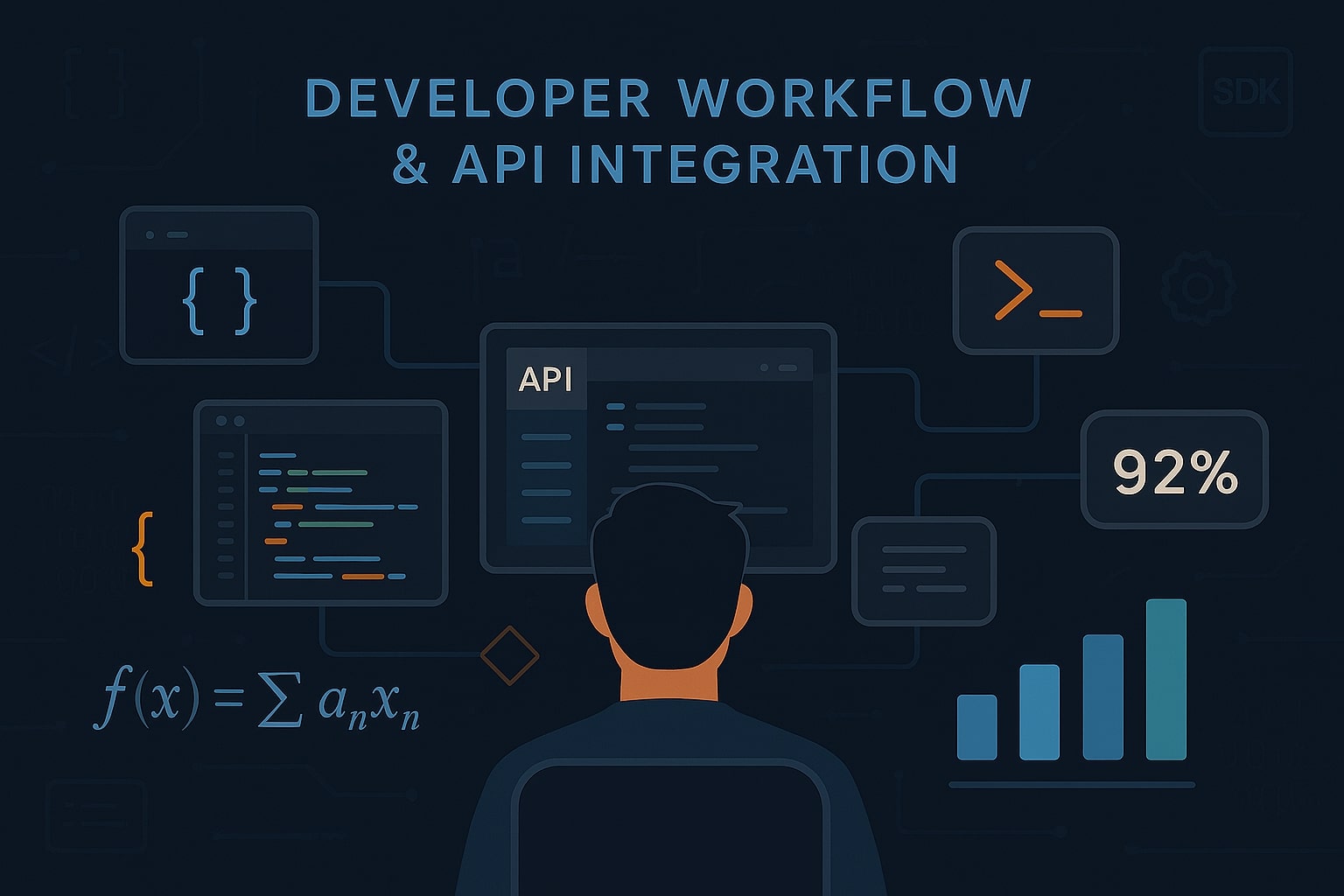
Image create with Microsoft Copilot.
API Integration Complexity
GPT-5 API:
Authentication and setup process for GPT-5 follows OpenAI’s established patterns, requiring API key generation through the OpenAI platform. The process is straightforward for developers already familiar with OpenAI’s ecosystem, with clear documentation and immediate API access upon key generation.
SDK quality and language support covers all major programming languages with official SDKs for Python, JavaScript, and REST API access for other languages. The Python SDK receives particular attention with comprehensive examples and community support.
Error handling and debugging capabilities are robust, with detailed error messages and status codes that help developers quickly identify and resolve integration issues. The API provides clear guidance on rate limiting, token usage, and optimization strategies.
Migration path from GPT-4o is seamless for most applications, with GPT-5 serving as a drop-in replacement that provides enhanced capabilities without requiring code changes for basic implementations.
Claude Opus 4.1 API:
Integration complexity compared to previous versions shows minimal changes, with Claude Opus 4.1 serving as a direct replacement for Claude Opus 4. Existing integrations continue working without modification while gaining access to enhanced capabilities.
Tool use and function calling capabilities are sophisticated, with support for parallel tool execution and seamless integration between reasoning and tool usage. This enables complex agentic workflows that combine reasoning with external data access and action execution.
Streaming response handling provides efficient real-time communication for applications requiring immediate feedback. The streaming implementation supports both text and reasoning trace streaming, allowing applications to provide live updates on complex problem-solving progress.
Rate limiting and quota management follows Anthropic’s established patterns with clear documentation on limits and optimization strategies. The rolling window approach for rate limiting provides more predictable behavior compared to traditional reset-based systems.
Comparative Integration Effort:
Time to first working implementation favors developers already familiar with either platform’s ecosystem. New developers generally find OpenAI’s documentation and community resources more accessible, while experienced enterprise developers may prefer Anthropic’s more detailed technical documentation.
Common integration pitfalls and solutions are well-documented for both platforms. GPT-5’s router architecture requires understanding of reasoning modes and appropriate usage, while Claude Opus 4.1’s tool use capabilities require careful consideration of security and access controls.
Best practices for production deployment include proper error handling, efficient token usage, and appropriate caching strategies. Both platforms provide comprehensive guidance on scaling and optimization.
Testing and validation approaches differ between platforms. GPT-5’s deterministic routing behavior enables more predictable testing, while Claude Opus 4.1’s reasoning transparency facilitates debugging and validation of complex reasoning chains.
Documentation & Developer Resources
Documentation Quality Assessment:
API reference completeness shows both platforms providing comprehensive documentation with detailed parameter descriptions, example requests and responses, and clear error handling guidance. Anthropic’s documentation tends toward more detailed technical explanations, while OpenAI focuses on practical examples and quick start guides.
Code example relevance and accuracy are high for both platforms, with regularly updated examples covering common use cases and integration patterns. OpenAI’s examples tend to be more diverse, covering various application types, while Anthropic’s examples focus on demonstrating specific capabilities in depth.
Tutorial comprehensiveness favors OpenAI’s broader community engagement, with numerous third-party tutorials and educational resources. Anthropic provides more focused, technical tutorials that dive deep into specific capabilities like agentic workflows and complex reasoning tasks.
Community contribution guidelines are clear for both platforms, though OpenAI’s larger community results in more active contribution and discussion around best practices and innovative use cases.
Developer Tools:
Official SDK comparison shows both platforms providing robust, well-maintained SDKs with regular updates and comprehensive feature coverage. OpenAI’s SDKs benefit from longer development history and broader community testing, while Anthropic’s SDKs reflect more recent architectural decisions and modern development practices.
Third-party tool ecosystem strongly favors OpenAI due to its longer market presence and broader adoption. However, Claude’s superior coding capabilities are driving rapid growth in specialized development tools and integrations.
Debugging and monitoring solutions vary by platform. OpenAI provides integrated monitoring through their platform dashboard, while Claude’s multi-platform availability means monitoring solutions depend on the chosen deployment platform.
IDE integrations and plugins show growing support for both platforms, with particular strength in VS Code extensions and GitHub Copilot integration for Claude models.
Community & Ecosystem:
Stack Overflow activity and response quality currently favor OpenAI due to its larger user base and longer market presence. However, Claude-specific questions are increasingly receiving high-quality responses from experienced developers.
GitHub repository activity shows growing open-source projects utilizing both platforms, with Claude gaining particular traction in coding-focused applications and GPT-5 leading in multimodal and consumer applications.
Developer community engagement occurs across various platforms, with active Discord servers, Reddit communities, and specialized forums for both platforms. Cross-pollination between communities is common, with many developers using both models for different use cases.
Open-source contribution opportunities are growing for both platforms, particularly in areas like tool integration, specialized applications, and community libraries that extend base functionality.
Production Deployment Considerations
Operational Complexity:
Monitoring and alerting setup requires different approaches for each platform. GPT-5’s unified platform simplifies monitoring with built-in dashboards and alerting, while Claude’s multi-platform availability requires platform-specific monitoring solutions.
Performance tuning requirements differ based on use case. GPT-5’s router architecture enables automatic optimization for many scenarios, while Claude Opus 4.1’s explicit reasoning control allows fine-tuned performance optimization for specific applications.
Cost optimization strategies become crucial for high-volume applications. GPT-5’s tiered pricing and automatic routing can reduce costs for applications with varying complexity requirements, while Claude’s predictable pricing enables more straightforward budget planning.
Backup and failover planning benefits from both platforms’ high availability, though specific implementation depends on chosen deployment architecture and requirements for disaster recovery.
Security & Compliance:
Data handling and privacy features meet enterprise requirements for both platforms, with comprehensive data protection policies and compliance with major regulatory frameworks.
Audit logging and compliance reporting capabilities vary by deployment platform. Direct API usage provides comprehensive logging, while third-party platform deployments may have different logging and compliance features.
Enterprise security integrations support standard protocols and frameworks for both platforms, enabling integration with existing security infrastructure and identity management systems.
Vulnerability management processes are well-established for both platforms, with regular security updates and clear communication about potential security issues and mitigations.
Real-World Implementation Case Studies
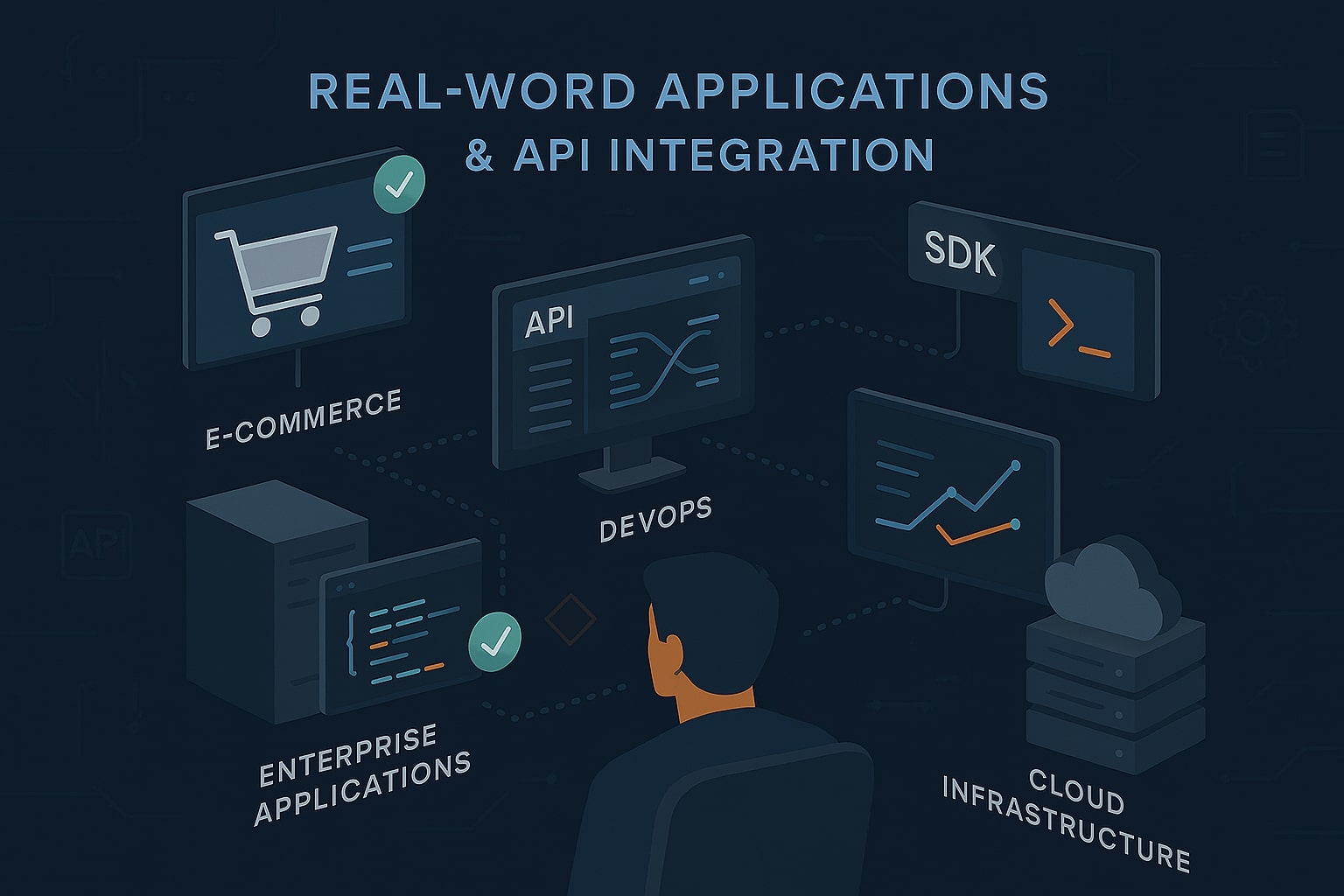
Image create with Microsoft Copilot.
Production Deployment Experiences
Large-Scale Web Application:
A major e-commerce platform implementing real-time code generation for 10,000+ daily users provides insight into practical performance differences. The implementation utilized GPT-5 for customer-facing code generation tasks requiring multimodal input processing (product images, user preferences, design mockups) and Claude Opus 4.1 for backend optimization and system maintenance tasks.
Performance results showed GPT-5 achieving average response times of 2.3 seconds for simple code generation tasks and 8.7 seconds for complex multimodal requests. User satisfaction metrics indicated 94% approval for code quality and 89% for response relevance. The multimodal capabilities proved particularly valuable for converting design mockups to functional code.
Claude Opus 4.1 handled backend optimization tasks with average response times of 4.1 seconds and achieved 97% accuracy in identifying performance bottlenecks without introducing regressions. The precision-focused approach proved essential for maintaining system stability while implementing optimizations.
Cost analysis revealed monthly spending of $847 for GPT-5 (processing approximately 2.3 million input tokens and 890,000 output tokens) and $1,203 for Claude Opus 4.1 (processing 1.1 million input tokens and 340,000 output tokens). ROI calculation showed 340% improvement in development velocity, justifying the premium costs through reduced development time and improved code quality.
Lessons learned highlighted the importance of matching model capabilities to specific use cases. GPT-5’s multimodal strength provided unique value for customer-facing features, while Claude Opus 4.1’s precision was essential for mission-critical backend systems. The organization adopted a dual-model strategy that optimized both cost and performance.
DevOps Automation Pipeline:
A technology company integrated both models into their CI/CD pipeline for automated code review and deployment automation. The implementation demonstrated how each model’s strengths could complement existing DevOps workflows.
Implementation details included GPT-5 handling initial code review tasks, documentation generation, and integration with visual testing tools. Claude Opus 4.1 focused on security analysis, performance optimization recommendations, and deployment script generation.
Performance metrics showed significant improvements: code review time decreased by 67%, error detection rates improved by 45%, and deployment confidence increased through automated quality assurance. The combination of models provided comprehensive coverage of DevOps requirements.
Operational impact included substantial developer productivity improvements, with senior developers able to focus on architectural decisions while automated systems handled routine code quality and security assessments. Team satisfaction increased due to reduced manual review burden and improved code quality consistency.
Cost Management in Production
Token Usage Optimization:
Prompt engineering for efficiency requires different strategies for each model. GPT-5 benefits from clear intent specification that helps the router select appropriate reasoning levels, while Claude Opus 4.1 responds well to explicit reasoning depth requests and structured problem decomposition.
Context window management strategies include careful prompt structuring to maximize relevant information within token limits. Claude Opus 4.1’s consistent performance across its full context window enables more aggressive context utilization, while GPT-5’s larger window provides flexibility for complex multimodal inputs.
Caching and batching techniques can significantly reduce costs. Claude Opus 4.1 supports prompt caching that can reduce costs by up to 90% for repeated context usage, while GPT-5’s batch processing capabilities offer 50% cost reductions for non-real-time applications.
Cost monitoring and alerting setup prevents budget overruns through automated usage tracking and predictive cost modeling based on usage patterns and application growth.
Budget Planning:
Monthly cost projection models require understanding each model’s pricing structure and typical usage patterns. Organizations typically see 20-40% variance in monthly costs based on application complexity and user engagement patterns.
Usage pattern analysis reveals seasonal variations and growth trends that inform budget planning. E-commerce applications show increased usage during shopping seasons, while developer tools show more consistent usage with gradual growth patterns.
ROI measurement frameworks focus on development velocity improvements, code quality metrics, and reduced debugging time. Organizations consistently report 200-400% ROI through improved developer productivity and reduced time-to-market for new features.
Cost optimization case studies demonstrate successful strategies including intelligent model routing, efficient prompt design, and strategic use of caching and batching capabilities.
Enterprise Scaling:
Multi-team deployment strategies require careful consideration of usage patterns, cost allocation, and performance requirements across different teams and use cases. Organizations typically implement centralized billing with team-specific usage monitoring and optimization guidelines.
Cost allocation and chargeback models enable fair distribution of AI costs across business units while encouraging efficient usage. Successful implementations include usage-based chargeback with incentives for optimization and innovation.
Performance monitoring across teams requires standardized metrics and reporting that enable both cost optimization and performance improvement initiatives. Successful organizations implement comprehensive monitoring that tracks both technical and business metrics.
Resource optimization at scale includes automated routing decisions, predictive scaling, and intelligent caching strategies that reduce costs while maintaining performance and reliability.
Architecture & Technical Specifications
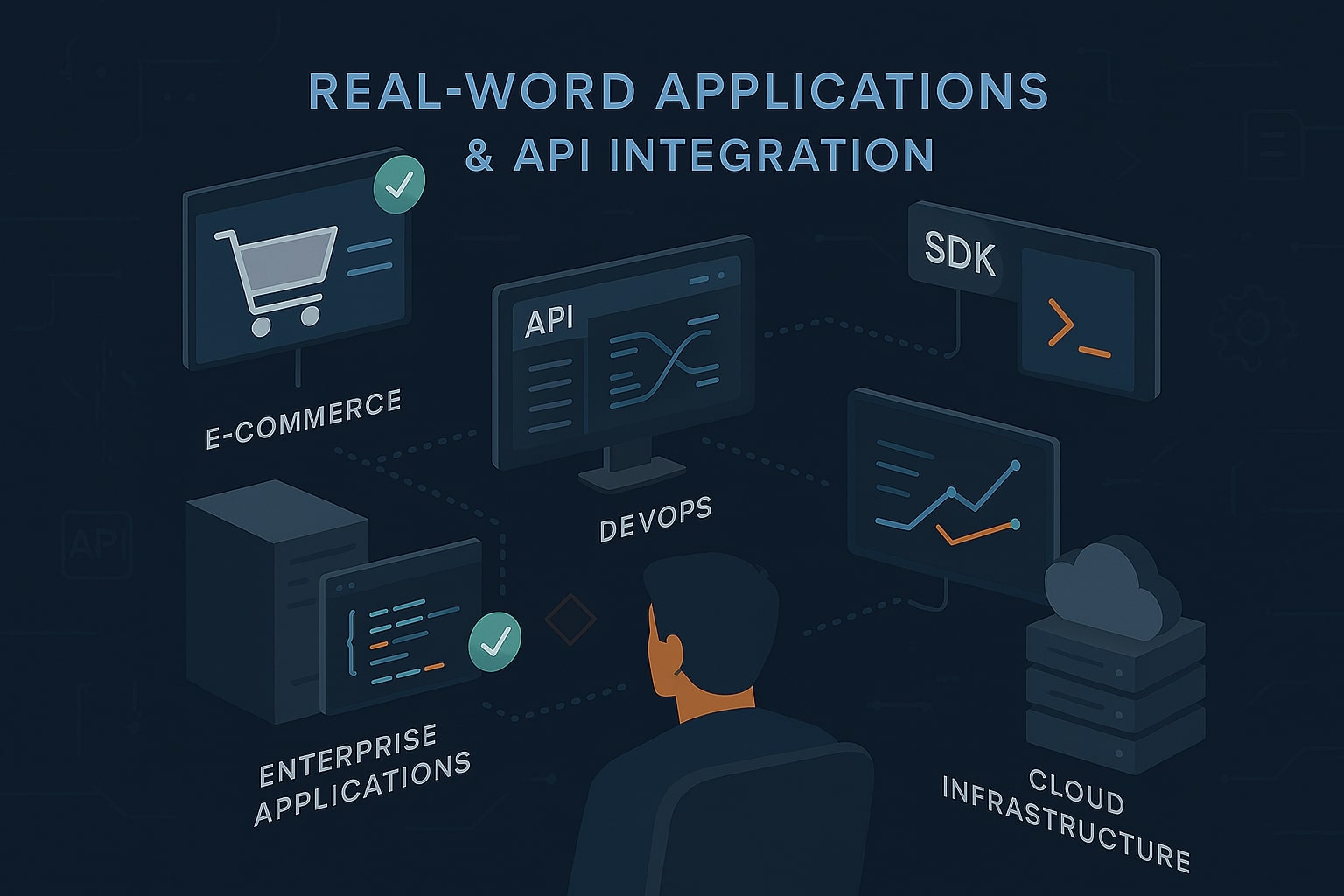
Image create with Microsoft Copilot.
Model Architecture Comparison
GPT-5 Technical Details:
Unified reasoning architecture represents a significant advancement in AI model design, seamlessly integrating traditional language modeling with sophisticated reasoning capabilities. The router-based system intelligently selects between fast response modes and extended reasoning based on query complexity, user intent, and context requirements.
Integration with o3 capabilities brings sophisticated mathematical and logical reasoning to the unified model, enabling complex problem-solving while maintaining conversational accessibility. This integration allows GPT-5 to handle everything from simple queries to PhD-level mathematical problems within a single, coherent interface.
Multimodal processing pipeline supports text, images, video, and audio inputs, providing developers with unprecedented flexibility for complex applications. The unified approach to multimodal processing enables sophisticated cross-modal reasoning and content generation.
Context window specifications include 256K tokens with consistent performance across the full window. The architecture maintains coherence and relevance even in extremely long conversations or when processing large documents.
Claude Opus 4.1 Technical Details:
Agentic task optimization reflects Anthropic’s focus on practical applications requiring sustained reasoning and tool use. The hybrid architecture enables seamless transitions between rapid responses and extended thinking modes, with transparent reasoning traces that help developers understand and validate AI decision-making.
Tool use architecture improvements enable parallel tool execution, sophisticated error handling, and intelligent coordination between reasoning and action. This capability is essential for complex agentic workflows that require both thinking and doing.
Reasoning chain efficiency has been optimized to reduce token usage while maintaining quality and transparency. The model can provide detailed reasoning traces when required while operating efficiently for routine tasks.
Performance optimization details include improved memory management, more efficient attention mechanisms, and better integration between reasoning and tool use capabilities.
Integration Capabilities
Tool Use and Function Calling:
Supported integration patterns include REST API calls, database queries, file system operations, and custom tool integration through standardized interfaces. Both models support sophisticated tool use, but with different strengths and approaches.
Custom function definition capabilities allow developers to create specialized tools tailored to specific applications and workflows. GPT-5’s function calling focuses on simplicity and broad compatibility, while Claude Opus 4.1 provides more sophisticated error handling and parallel execution capabilities.
Error handling in tool interactions is robust for both models, with comprehensive error reporting and recovery mechanisms. Claude Opus 4.1’s approach tends toward graceful degradation and alternative approaches when tools fail, while GPT-5 focuses on clear error communication and retry strategies.
Performance impact of tool use varies between models. GPT-5’s integrated architecture minimizes latency overhead for tool use, while Claude Opus 4.1’s parallel execution capabilities can handle multiple tool interactions simultaneously for complex workflows.
Multimodal Integration:
Image processing capabilities strongly favor GPT-5, which can handle complex visual inputs including diagrams, screenshots, charts, and UI mockups. This capability is essential for applications requiring visual understanding and generation.
Code screenshot analysis provides valuable debugging and documentation capabilities, with GPT-5 showing superior performance in understanding complex visual code representations and UI elements.
Diagram interpretation abilities enable sophisticated understanding of system architecture, flowcharts, and technical documentation. This capability is particularly valuable for system design and documentation tasks.
File format support varies between models, with GPT-5 supporting broader multimedia formats while Claude Opus 4.1 focuses on text and structured data processing.
Developer Recommendations & Best Practices
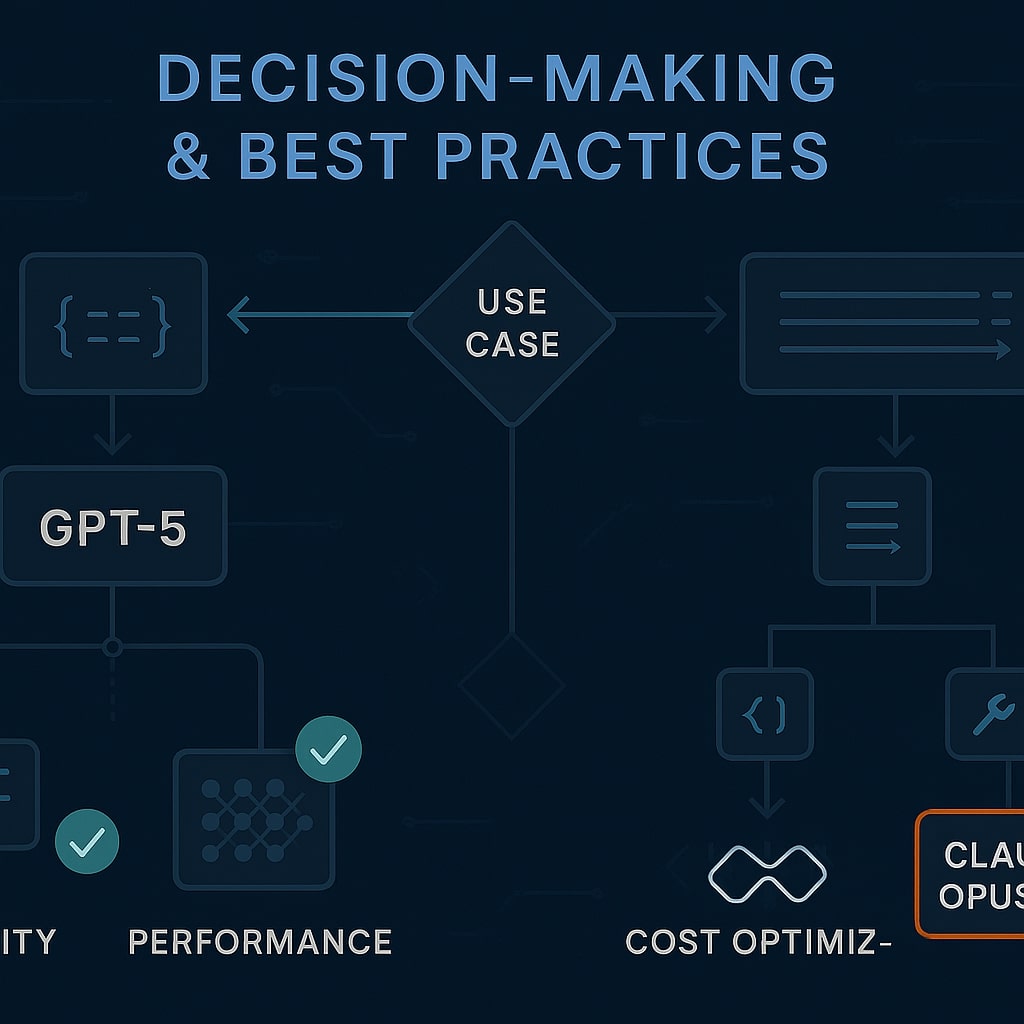
Image create with Microsoft Copilot.
Selection Criteria Framework
Choose GPT-5 When:
Mathematical reasoning is critical for your application. GPT-5’s 94.6% AIME 2025 performance makes it the clear choice for applications requiring sophisticated mathematical problem-solving, algorithm development, or quantitative analysis.
Multimodal capabilities are essential for your workflow. If your application needs to process images, diagrams, UI mockups, or other visual content alongside code generation, GPT-5’s integrated multimodal processing provides unique value.
Budget allows for premium performance and you need the most advanced reasoning capabilities available. GPT-5’s state-of-the-art performance across multiple benchmarks justifies premium pricing for applications where AI capability directly impacts business outcomes.
Integration with OpenAI ecosystem is beneficial for your organization. If you’re already using OpenAI tools and services, GPT-5 provides seamless integration and unified platform management.
Choose Claude Opus 4.1 When:
Cost optimization is a priority for high-volume applications. Claude Opus 4.1’s predictable pricing structure and efficient token usage can provide better cost control for applications with consistent, high-volume usage patterns.
Coding-focused applications are your primary use case. Claude Opus 4.1’s superior precision in code generation, debugging, and refactoring makes it the preferred choice for applications where code quality and reliability are paramount.
Agentic workflows are central to your application architecture. Claude Opus 4.1’s sophisticated tool use capabilities, parallel execution, and transparent reasoning make it ideal for complex agentic applications.
Terminal/command-line integration is important for your development workflow. Claude Opus 4.1’s 43.3% Terminal-Bench performance provides significant advantages for DevOps, automation, and system administration applications.
Implementation Best Practices
Development Workflow:
Rapid prototyping approaches should leverage each model’s strengths. Start with GPT-5 for applications requiring multimodal input or complex mathematical reasoning. Begin with Claude Opus 4.1 for coding-intensive applications requiring precision and reliability.
Testing and validation strategies must account for each model’s characteristics. GPT-5’s router-based architecture requires testing across different reasoning modes, while Claude Opus 4.1’s transparent reasoning enables more detailed validation of decision-making processes.
Performance benchmarking methodologies should include both technical metrics (response time, token usage, accuracy) and business metrics (developer productivity, code quality, user satisfaction) to provide comprehensive evaluation.
Cost monitoring implementation should include real-time usage tracking, predictive cost modeling, and automated alerts to prevent budget overruns while maintaining performance standards.
Production Deployment:
Rollout strategies should include gradual deployment with careful monitoring of performance, cost, and user satisfaction metrics. Both models support A/B testing frameworks that enable data-driven deployment decisions.
Monitoring and alerting configuration must account for each platform’s specific characteristics and requirements. Comprehensive monitoring should track technical performance, cost metrics, and business outcomes.
Security and compliance considerations require understanding each platform’s security features, data handling policies, and compliance certifications. Enterprise deployments should include security review and compliance validation processes.
Team training and adoption planning should include education on each model’s strengths, appropriate use cases, and optimization strategies. Successful deployments include ongoing training programs that help teams maximize AI value.
Check out this fascinating article:
Future-Proofing & Roadmap Analysis
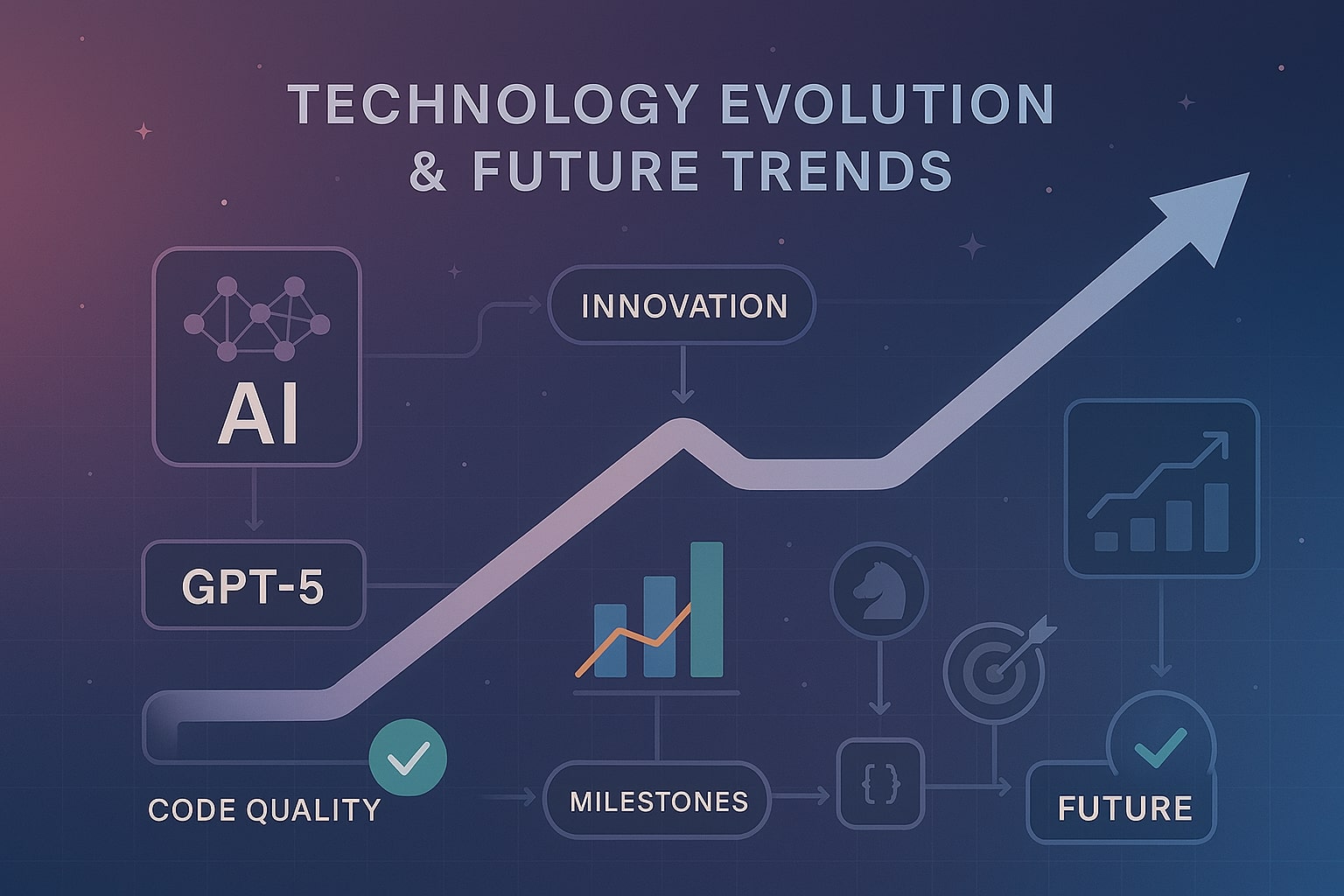
Image create with Microsoft Copilot.
Technology Roadmap Considerations: Prompt Engineering Playbook: How to Guide AI to Write Clean, Reliable Code
Expected model evolution paths suggest continued competition and rapid innovation from both OpenAI and Anthropic. Organizations should plan for regular model updates and capability improvements that may require application modifications or optimization.
API stability and backward compatibility are strong for both platforms, with commitment to maintaining compatibility while adding new capabilities. However, organizations should plan for periodic API updates and deprecation cycles.
Investment protection strategies include designing applications with abstraction layers that enable model switching, avoiding vendor lock-in through platform-agnostic architectures, and maintaining flexibility for future technology adoption.
Migration planning for future versions should include automated testing frameworks, performance benchmarking capabilities, and clear criteria for model evaluation and selection.
Industry Trend Analysis:
Competitive landscape evolution suggests continued rapid innovation with new models and capabilities emerging regularly. Organizations should plan for a dynamic competitive environment with frequent technology updates.
Performance benchmark trajectory indicates continued improvements in accuracy, efficiency, and capability. Organizations should expect regular performance improvements that may enable new applications and use cases.
Cost reduction projections suggest economies of scale and competition will drive costs down over time, making AI capabilities more accessible for broader applications and smaller organizations.
Capability expansion predictions include continued improvements in reasoning, multimodal processing, tool use, and agentic capabilities that will enable new categories of applications.
Strategic Recommendations:
Technology adoption timeline should balance early adoption benefits with stability requirements. Organizations should plan for gradual adoption with careful evaluation and testing of new capabilities.
Risk mitigation approaches should include diversification across multiple AI providers, maintenance of fallback capabilities, and comprehensive monitoring and alerting systems.
Portfolio diversification strategies help reduce vendor risk while enabling organizations to leverage the unique strengths of different AI models and platforms.
Long-term viability assessment should consider each platform’s financial stability, technical roadmap, and ecosystem development to ensure sustainable technology partnerships.
Technical Conclusion & Implementation Guide
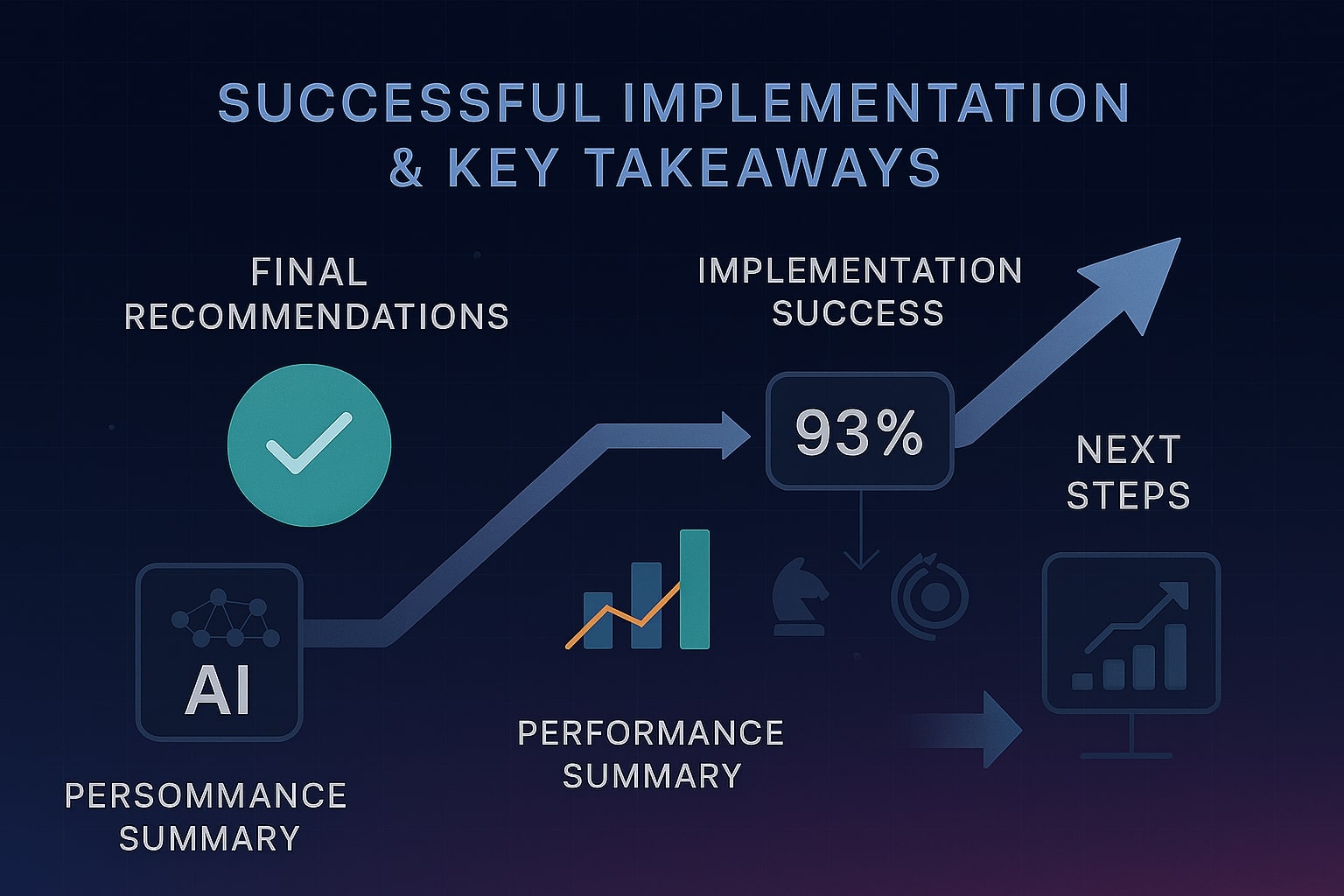
Image create with Microsoft Copilot.
Summary of Key Findings:
Performance parity in most coding scenarios means that both GPT-5 and Claude Opus 4.1 provide excellent capabilities for software development applications. The 0.4% difference in SWE-bench Verified scores is statistically insignificant for practical purposes.
Cost considerations favor Claude Opus 4.1 for applications with predictable, high-volume usage patterns, while GPT-5’s tiered pricing provides better optimization opportunities for applications with variable complexity requirements.
Feature differentiation by use case is the primary selection criterion. GPT-5’s multimodal capabilities and mathematical reasoning provide unique value for specific applications, while Claude Opus 4.1’s precision and agentic capabilities excel in others.
Production deployment readiness assessment shows both models ready for enterprise deployment with appropriate planning, monitoring, and optimization strategies.
Decision Framework:
Technical requirements prioritization matrix should weight mathematical reasoning, multimodal capabilities, coding precision, agentic workflows, and cost optimization based on specific application requirements.
Cost-benefit analysis methodology should include both direct costs (API usage) and indirect benefits (developer productivity, code quality improvements, reduced debugging time) to provide comprehensive ROI assessment.
Implementation timeline recommendations suggest starting with pilot projects to validate performance and cost characteristics before full-scale deployment.
Risk assessment and mitigation strategies should address vendor dependency, performance variability, cost management, and technology evolution planning.
Next Steps for Implementation:
Technical teams should begin with targeted evaluation projects that align with their specific development requirements. This approach enables validation of performance characteristics, cost implications, and integration complexity before making larger architectural commitments.
The competitive AI landscape demonstrates that sustainable advantage comes from thoughtful model selection and implementation rather than simply choosing the highest-performing option. Organizations achieving the best outcomes typically employ strategic approaches that match model capabilities to specific use cases.
As both GPT-5 and Claude Opus 4.1 continue evolving, the most successful implementations will be those that maintain flexibility, comprehensive monitoring, and clear evaluation criteria. The choice between these powerful models ultimately depends on specific technical requirements, operational constraints, and long-term strategic objectives rather than headline benchmark numbers.
